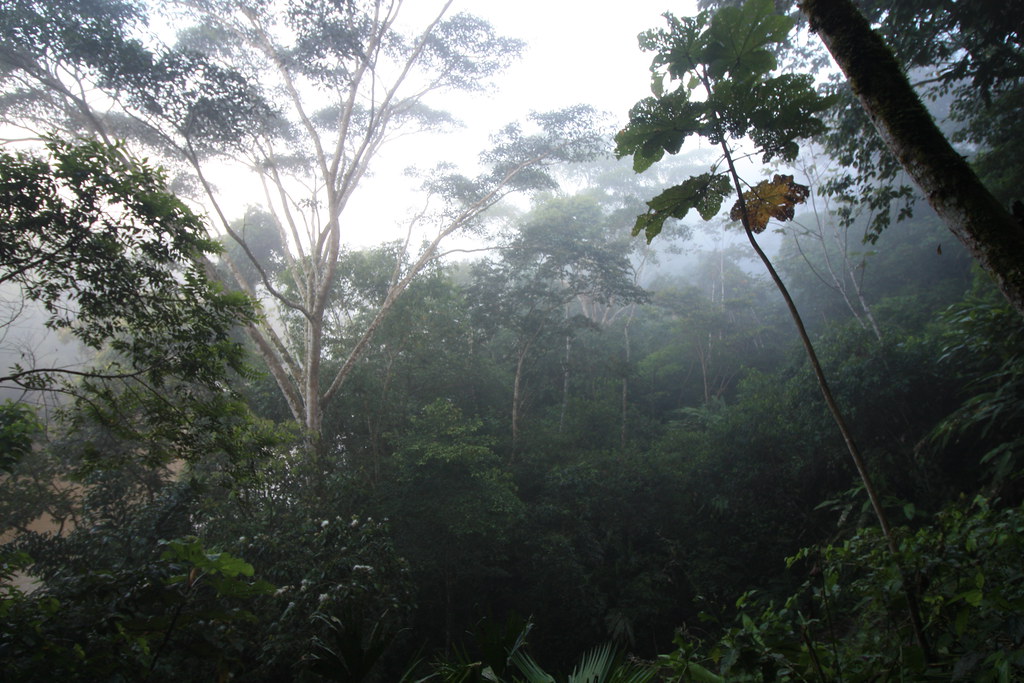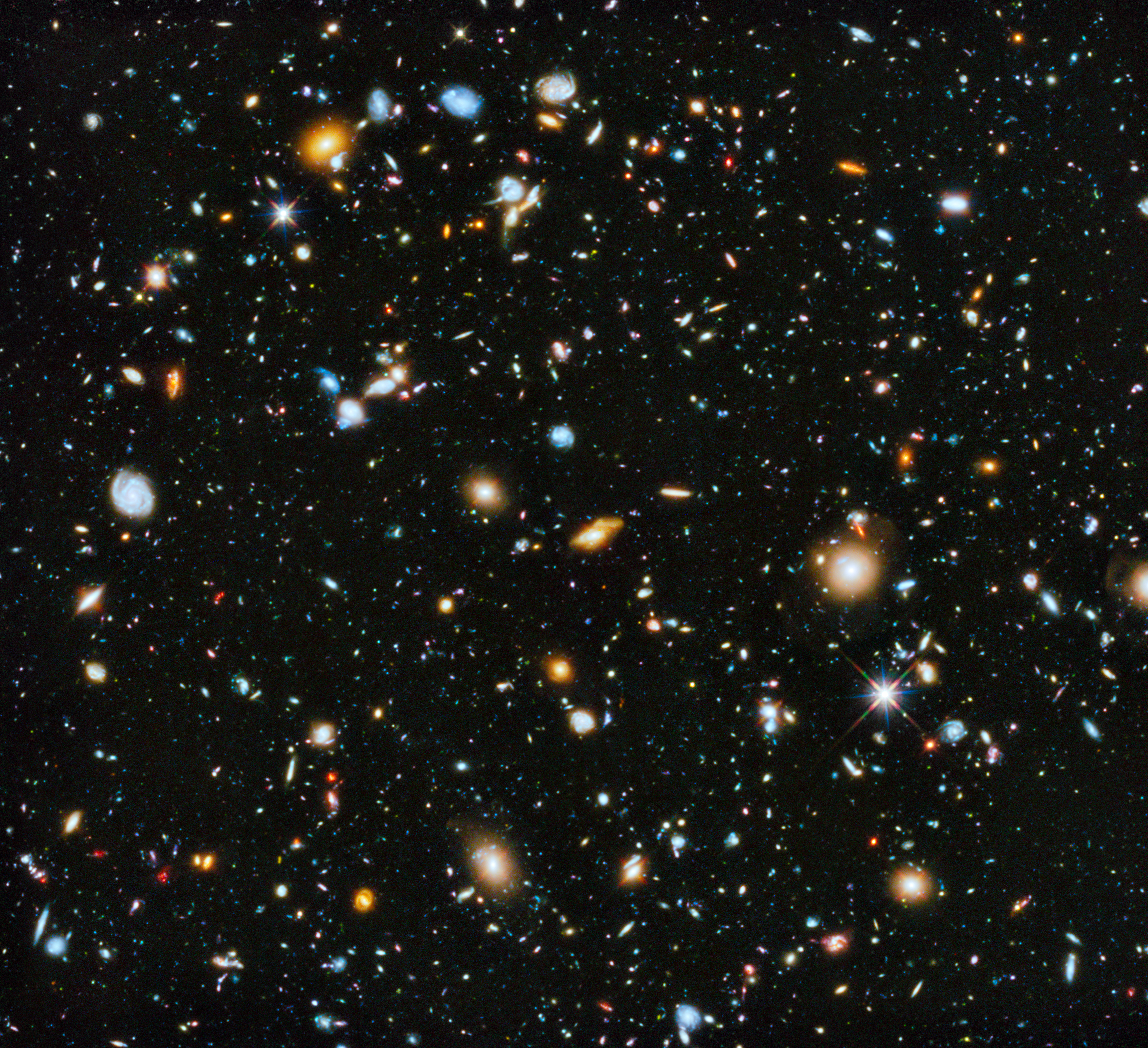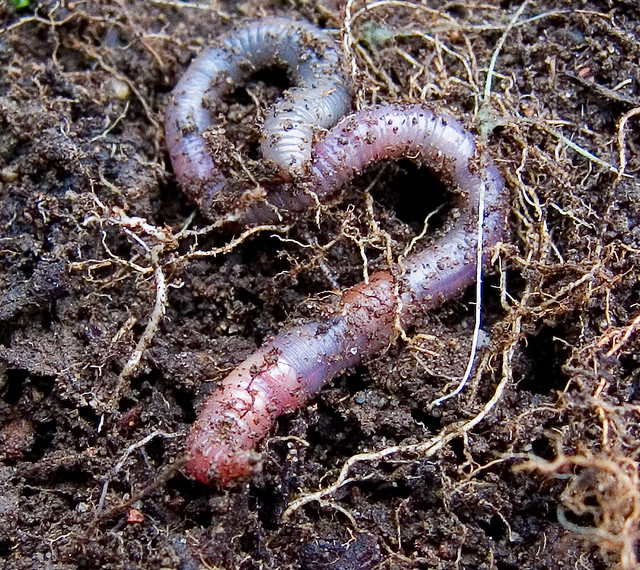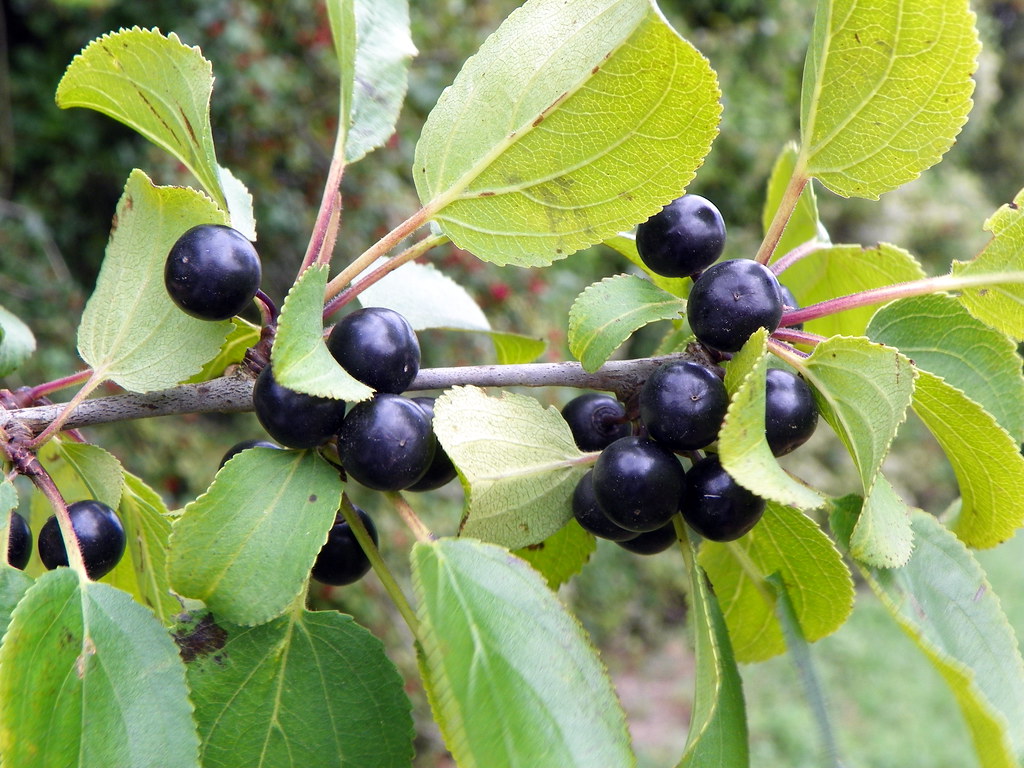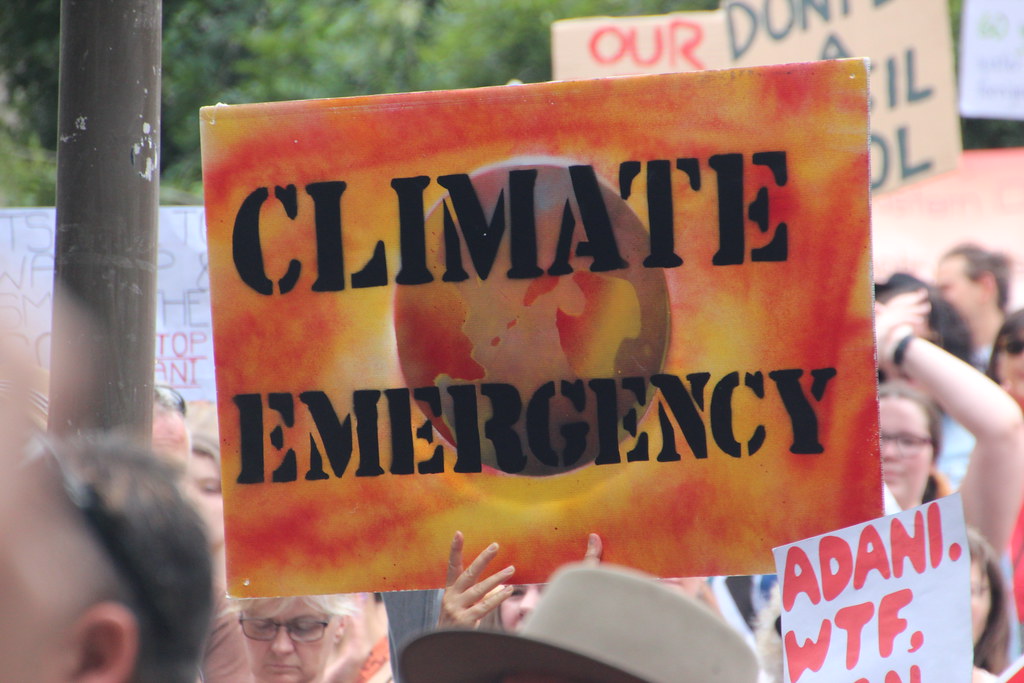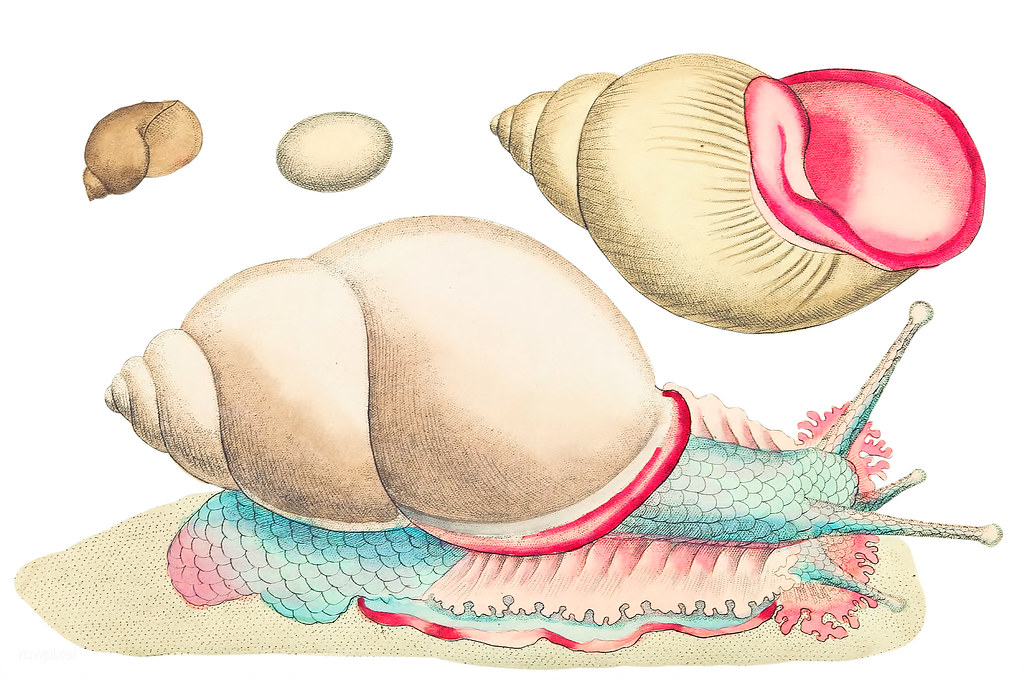STEM
Climate Change
Geology
Earth Science
Earth Systems
Nature of Science
Edward Hessler
Ecuador's 6268-meter-high (20564.3 feet) volcano Chimborazo was almost first climbed on June 2, 1802. A team including the German geographer Alexander von Humboldt was forced to turn back about 400 m from the top of a mountain thought then to be the highest in the world.
Science's Tim Appenzeller notes that "Not long after his descent from the mountain, (Humboldt) sketched a spectacular diagram that used the slopes of Chimborazo to depict a concept that had crystallized during his climb: that climate is an organizing principle of life, shaping the distinct communities of plants and animals found at different altitudes and latitudes." ... This "idea born on Chimborazo--that the physical environment shapes life's grand patterns--is giving scientists an intellectual framework for understanding a phenomenon Humboldt himself could not have anticipated: how human-driven climate change is transforming life."
The work of three Minnesota scientists is discussed in Appenzeller's review. Jeff La Frenierre who teaches at Gustavus Adolphus College has been studying "how climate change is affecting its glaciers, stream flow, and groundwater. He is astonished at how fast the ice is succumbing." doing research on Chimborazo's slopes for a decade." With hydrologist G.-H. Crystal Ng of the University of Minnesota they are doing "a kind of watershed accounting." Automated stream gauges measure water entering and leaving.
It turns out "that some of the meltwater from Chimborazo's glaciers doesn't drain directly into streams but instead percolates down into the porous volcanic rock at the base of the ice. The water then circulates underground.' LaFrenierre and Ng are trying to quantify this. What is happening is that downstream users are now losing water which is important to crops, e.g., potatoes.
Another question botanists/ecologists are studying is whether plants have migrated upward. Appenzeller provides a masterful summary of the messy problems in analyzing these data, e.g., Humboldt (like Darwin and other early naturalists) was not a systematic collector although he used a barometer to measure altitude at places he collected plants. (Imagine carrying a glass barometer while climbing a mountain for the first time.) Based on Humboldt's original records there has been a "startling transformation. "It was," Appenzeller notes, "eye-catching evidence that climate change has upended the world Humboldt mapped." Plants "had moved upslope by an average of more than 500 meters since 1802."
Later, another team did another analysis, this time based on records from the mountain where Humboldt collected most of his plant data. Appenzeller tells us that Humboldt "mapped (plant) data from another vocanic mountain, Antisana, onto Chimborazo because, well, Chimborazo was more famous." The broadscale pattern holds but some of the details have changed. The second group of botanists used data from Antisana and compared it with data they collected there. Appenzeller quotes University of Minnesota botanist Daniel Stanton who works with LaFrenierre and Ng: "I'll continue to believe the patterns, but not the precise numbers. Whether it's 300 meters (984.252 feet) or 500 meters (1640.42 feet), we're still taking about substantial change."
This is another story, as is the entire essay, of how scientists do their work in seeking reliable evidence.
Appenzeller's review of current work on Chimborazo (and Antisana) as well as of Humboldt's exploration may be read here. It includes a link to a short video (~5 minutes) of how this mountain is changing. At the top of Appenzeller's story is a partial diagram of Humboldt's famous Tableau Physique (some full images; not an eye test!), in which "he mapped vegetation onto fanciful versions of the volcanoes Chimorazo and Cotopaxi."
But read the article, too. It is a treat.
And if you are interested in learning more about Humboldt, Andrea Wolf has written an acclaimed biography.

 CGEE Student Voice
CGEE Student Voice
